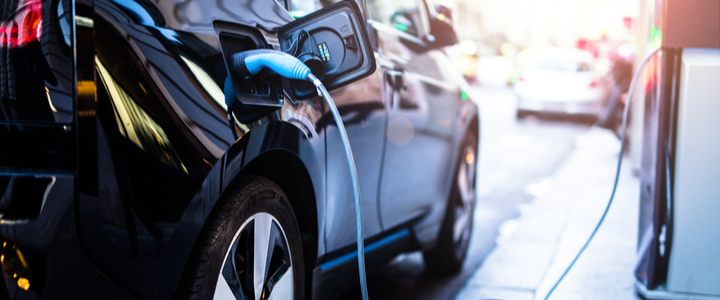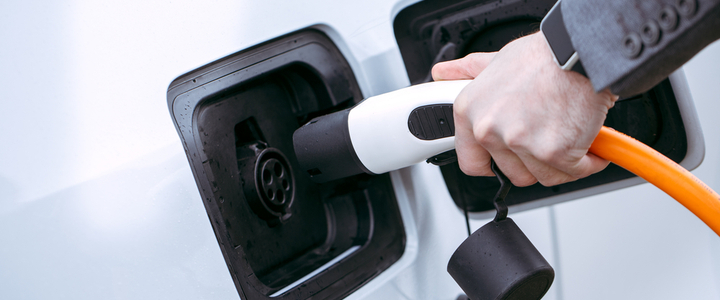Street Lamps in London Turned into Electric Car Charging Points

In March, the local British Council launched a new project to turn street lamps into electric car charging points. A three-unit trial was done and it appeared to be successful. For the first time, the charging points were installed in the Royal Borough of Kensington and Chelsea.
The street lights were equipped with charging technology undertaken by Ubitricity and UK Power Networks. British residents use smart cables that keep track of the amount of energy used. Afterwards, the bill is sent to the car’s owner on their smartphone or computer.
The main purpose of these installations is to combat the lack of off-street parking available so that vehicle owners could charge closer to places they work or live. It avoids the inefficient use of cables and needs to reorganise the infrastructure. The amount of electricity consumed can be monitored while the number of parking spaces can be increased.
The smart utilisation of existing infrastructural assets has become a key solution for on-street EV charging. Today, the 3-months trial yielded its first results. London decided to adapt the existing street lamps to the new charging technology.
A German company, Ubitricity, aims to provide the capital with street lamps utilising energy efficient LEDs. The areas of Westminster, Kensington, Hounslow, Barnes, and Twickenham were already equipped with lampposts, so the electric cars owners can purchase the charging cables together with electricity meters and start charging their vehicles via street lamps very soon.
The only disadvantage to the technology is that the sockets give a low power charge. Therefore, the cars have to wait quite a lot of time until the car is fully charged.

The Transport Planner of London, Greg Edwards, said that during the installation process of electric charging street lamps the council had to deal with a couple of issues such as costs of installation, new parking spaces implementation, and charging points bustling the streets.
In an interview for Daily Mail, he also mentioned that from now on, the council can minimise the unnecessary street furniture from the housing streets. Besides, due to the fact that drivers can connect to electrical lampposts, civil work will be reduced significantly meaning that even the total installation costs and overall time will be cut down.
The electrical charging technology was officially approved as fitting point into heritage lap points, which means that the new installation will not interfere with the old style of London’s boroughs.
London has been facing numerous problems with the quality of the air and the effects of pollution. So, electric cars and adapting the infrastructure of the city to these new changes has become a key priority for the council.
Installing more charging points can give incentives to British citizens to buy more electric cars and help in combating the negative effects of air pollution.


















